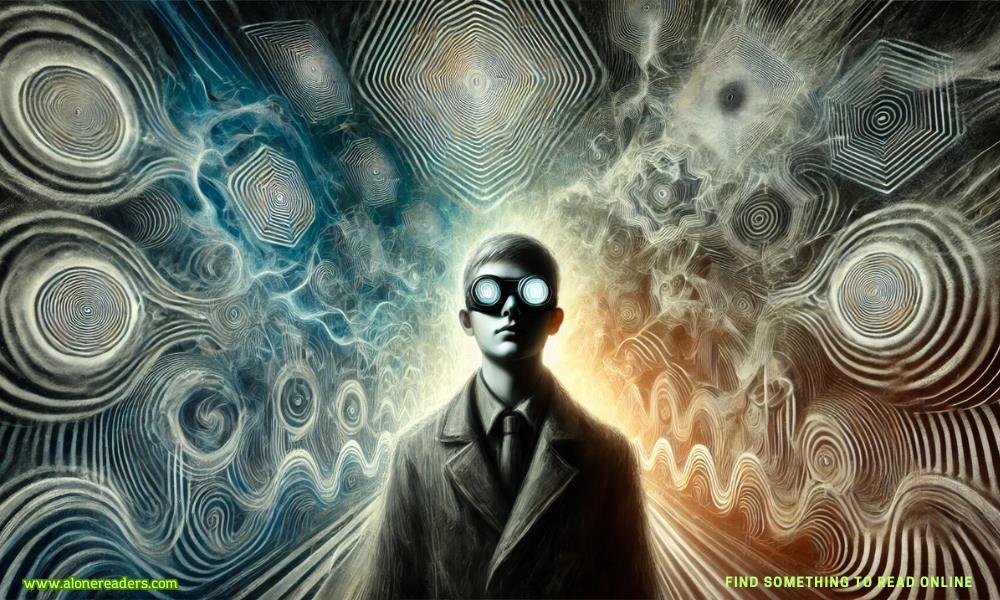
Anton syndrome is a rare and fascinating neurological disorder in which individuals become blind but remain unaware of their blindness. Rather than acknowledging their visual impairment, they strongly deny it, even in the face of clear evidence. Their brains generate false visual images, leading them to believe they can still see. This condition is a subset of cortical blindness and is usually associated with damage to the occipital lobe, the part of the brain responsible for processing visual information.
The primary characteristic of Anton syndrome is anosognosia, a condition in which a person is unaware of their own impairment. Individuals with Anton syndrome may confidently describe scenes, objects, or people around them, despite having lost the ability to see. These descriptions are not based on real sensory input but rather on confabulations—fabricated or distorted memories that the brain generates to compensate for missing information. As a result, these individuals sincerely believe that they can see, even when confronted with obvious evidence of their blindness.
This condition is most commonly linked to strokes that affect the occipital lobe, though other causes include traumatic brain injuries, brain tumors, infections, and neurodegenerative diseases. The damage disrupts the processing of visual information, yet the brain continues attempting to make sense of the world, leading to the creation of false visual perceptions. In some cases, patients may walk into obstacles, fail to recognize familiar people, or misinterpret their environment, yet still deny their blindness when questioned.
Anton syndrome presents a significant challenge for both patients and caregivers. Because individuals with the condition do not acknowledge their blindness, they often resist assistance, believing themselves to be fully capable of navigating their surroundings. This can lead to accidents and injuries, making it crucial for caregivers and medical professionals to find ways to manage and support those affected.
Diagnosis of Anton syndrome requires careful neurological and psychological evaluation. Since patients insist they can see, standard visual tests may be ineffective. Instead, doctors may assess their ability to recognize objects, navigate spaces, and respond to visual stimuli. Neuroimaging techniques such as MRI and CT scans can help identify the underlying brain damage responsible for the condition.
There is no specific cure for Anton syndrome, as treatment focuses primarily on managing the underlying cause of the brain damage. If the condition is due to a stroke, addressing risk factors such as high blood pressure, diabetes, and cholesterol levels may help prevent further complications. Rehabilitation programs, including occupational therapy and cognitive therapy, can assist patients in adapting to their condition and developing coping strategies. In some cases, psychological interventions may be necessary to help patients come to terms with their blindness.
Despite the challenges associated with Anton syndrome, some patients eventually gain awareness of their condition over time. This transition can be difficult, as realizing their blindness may lead to emotional distress, anxiety, or depression. Support from healthcare professionals, family members, and therapists is crucial in helping patients adjust to their new reality and improve their quality of life.
Anton syndrome remains a mysterious and complex condition, offering insight into the intricate workings of the human brain. It highlights the power of the mind to generate perceptions even in the absence of sensory input, demonstrating the brain's relentless effort to make sense of the world. While rare, Anton syndrome underscores the importance of neurological research and the need for continued advancements in understanding and treating disorders that affect consciousness and perception.